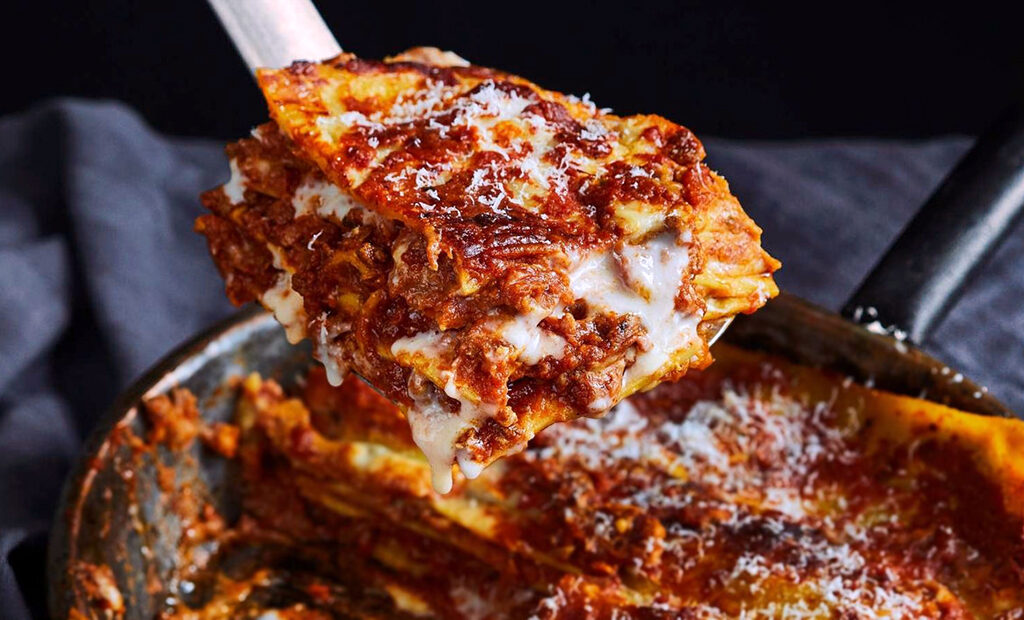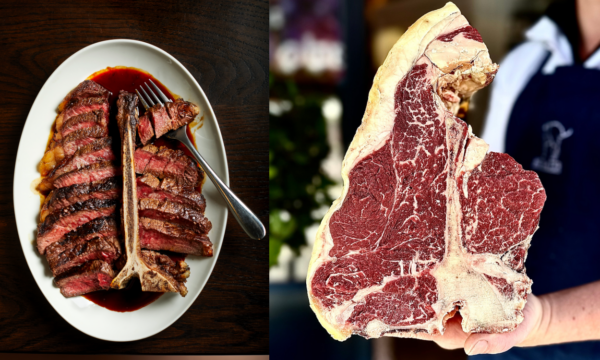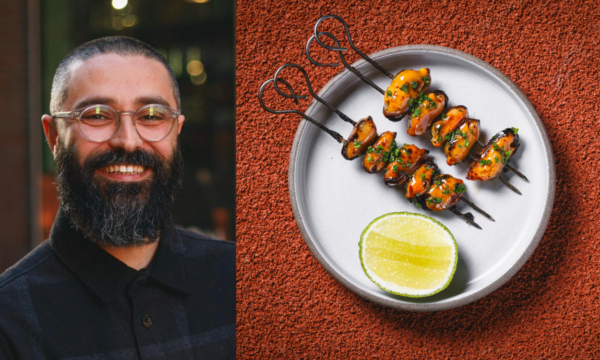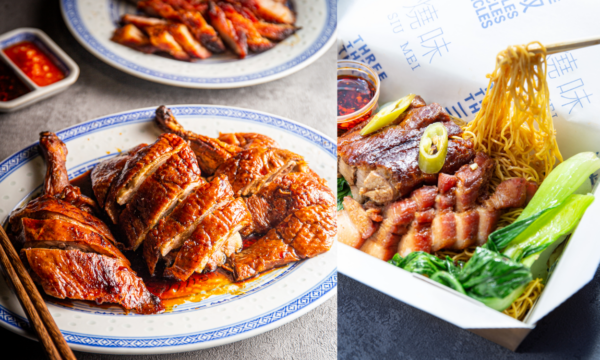Layering masters: How to make authentically delicious lasagne

Lasagne has been a midweek staple in the UK for generations. Layering sheets of soft pasta with beef, tomato and white sauce, it’s an Italian classic that we’re more than familiar with – or at least we think we are. Unfortunately, some parts of the authentic recipe got lost in translation in the journey over to the UK: the lasagne that we whip up on a Wednesday night probably wouldn’t pass for one in Italy any day of the week.
To shed some light on the matter, in this article we’ll discuss every component of the dish, and share our recipe for an authentic and delicious lasagne. And to add a fresher, more rewarding twist to this recipe, try growing your own vegetables for the dish using a small polytunnel for your garden to create the optimal atmosphere for the crops.
Ragù
Perhaps the biggest of our cultural blunders, what we Brits often call “bolognese” is actually a ragù sauce. The two are often confused, as bolognese is just one variety of ragù. This is best explained by the connoisseurs at Pasta Evangelists: “Ragù is a meat sauce that’s cooked over a low heat for several hours. Extra ingredients such as wine and tomatoes are often added to a ragù, with many regions of Italy having their own different takes on the dish.”
For a proper ragù lasagne, chunkier strips of meat are cooked until tender, as opposed to mince. This makes for a satisfying and robust sauce that pairs well with the porous, broad surface of the pasta. Alternatively, some chefs like to combine beef, pork and even spicy sausage mince into their sauce – but for the sake of tradition, we’re opting for a simple and effective beef ragù.
Pasta
Lasagna sheets are arguably one of the oldest types of pasta, popular in ancient Rome. In production, the dough is rolled flat and very broad, cut into squares or rectangles and occasionally fluted at the edge.
Some might have noticed that when referring to our titular dish, we use lasagne, and not lasagna. This is because lasagna refers to a singular pasta sheet. As a result, the dish that incorporates several layers of pasta is spelt lasagne.
For authenticity, it’s best to use fresh sheets, which tend to be more delicate and tender. These can be shop-bought, or those feeling bold can even attempt to make their own at home.
Besciamella
The next layer of our lasagne is a smooth white sauce made using flour, butter and milk. Besciamella was once called “salsa colla”, or “glue sauce” thanks to its role in binding together the multiple layers of the dish. Besciamella has also been claimed by the French, as béchamel sauce, used in traditional dishes such as the croque-monsieur.
Our variations on the sauce tend to add cheese like mozzarella or ricotta, but to emulate the rustic simplicity of the Italian bake it’s best to stick to just the three base ingredients. To add a depth of flavour, chefs use a generous grating of nutmeg, along with salt and pepper.
Parmigiano Reggiano
Italians will typically top off their tiers with Parmigiano Reggiano cheese. Though a similar parmesan cheese is often stocked on British supermarket shelves, the two are different. Both are hard cheeses, but parmesan is produced to replicate the flavour of traditional Parmigiano Reggiano, made according to a specific recipe in Italy.
Once a layer of ragù and a serving of besciamella are laid, it’s time to sprinkle a generous handful of Parmigiano Reggiano – the rich flavour of the cheese will inject some authenticity into the dish. There’s no traditional number of layers that a lasagne should have, but most recipe quantities will stretch to three or four rounds of sauce and pasta. The very top should be finished with another helping of the bold cheese.
Authentic lasagne recipe
Now that we’re up to speed on the intricacies of lasagne assembly, let’s get cooking.
Ingredients (4 servings)
Ragù
- 500g boneless beef brisket
- 500ml passata
- 400ml beef stock
- 150ml red wine
- 1 white onions, finely chopped
- 2 garlic cloves, finely chopped
- 1 carrot, finely chopped
- 1 celery stalk, finely chopped
- 2 tbsp tomato puree
- 2 bay leaves
- Olive oil
- Salt and pepper
Besciamella
- 500ml whole milk
- 50g butter
- 50g plain flour
- Nutmeg, to taste
- Salt and pepper, to taste
Assembly
- 400g fresh lasagna pasta sheets
- 75g Parmigiano Reggiano
Method
- Heat a splash of olive oil in a large pan, and brown the beef brisket on all sides.
- Reduce the heat to sauté the onions and garlic for two minutes. Add celery and carrot and cook until soft.
- Add red wine to the pan and simmer until half reduced, then add the tomato puree, passata, and bay leaves. Cook for a further five minutes.
- Add the beef back to the pan with stock and simmer on a medium heat. Cover the pan with a lid and continue to simmer for three to four hours, or until the meat is tender and falling apart. Stir and turn the beef occasionally, and season the sauce with salt and pepper to taste.
- While cooking the sauce, prepare the besciamella. Melt butter on a low heat and add the flour, then whisk together until combined.
- Add milk, and continue to whisk until thickened and smooth. Strain out any lumps if they form, and season with salt, pepper and a generous pinch of nutmeg to taste.
- Preheat the oven to 180°C, and begin assembling the lasagne. Using a large baking dish, lay a thin ragù layer at the base, and top with a layer of pasta sheets. Ladle over another layer of ragù, and top this with a generous dose of besciamella and a sprinkling of Parmigiano Reggiano.
- Repeat the steps of pasta, ragù, besciamella then Parmigiano Reggiano two or three more times (this may vary based on how much the ragù has reduced).
- Press pasta sheets on the top of the final layer, and scatter a final helping of Parmigiano Reggiano.
- Bake the lasagne for 45 minutes, until golden-topped. Serve in square cuts.
The food desk
























Facebook
Twitter
Instagram
YouTube
RSS